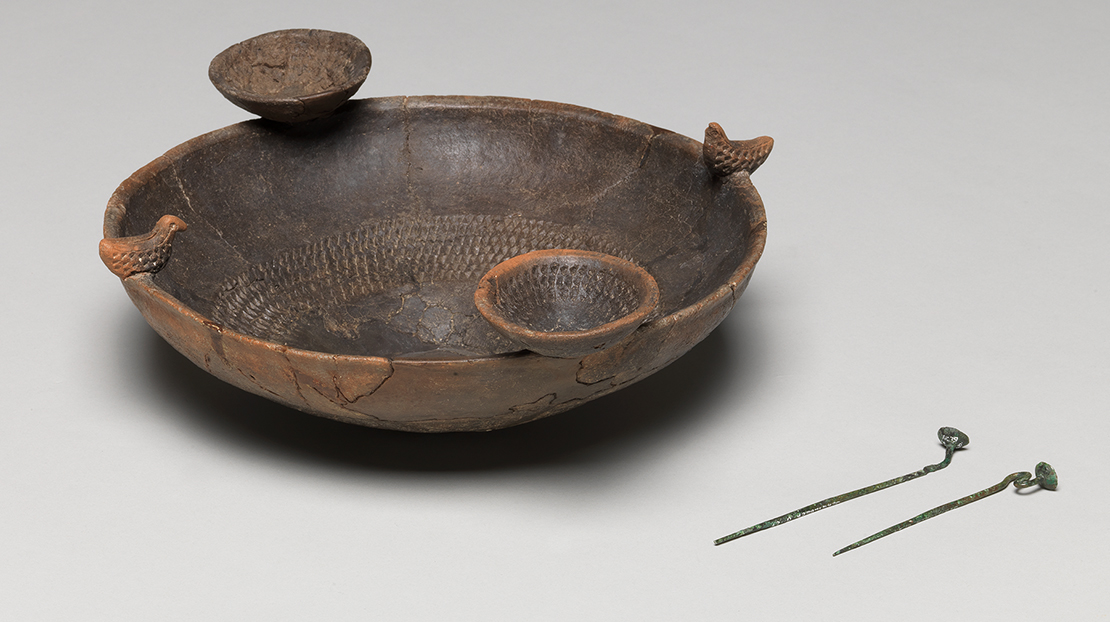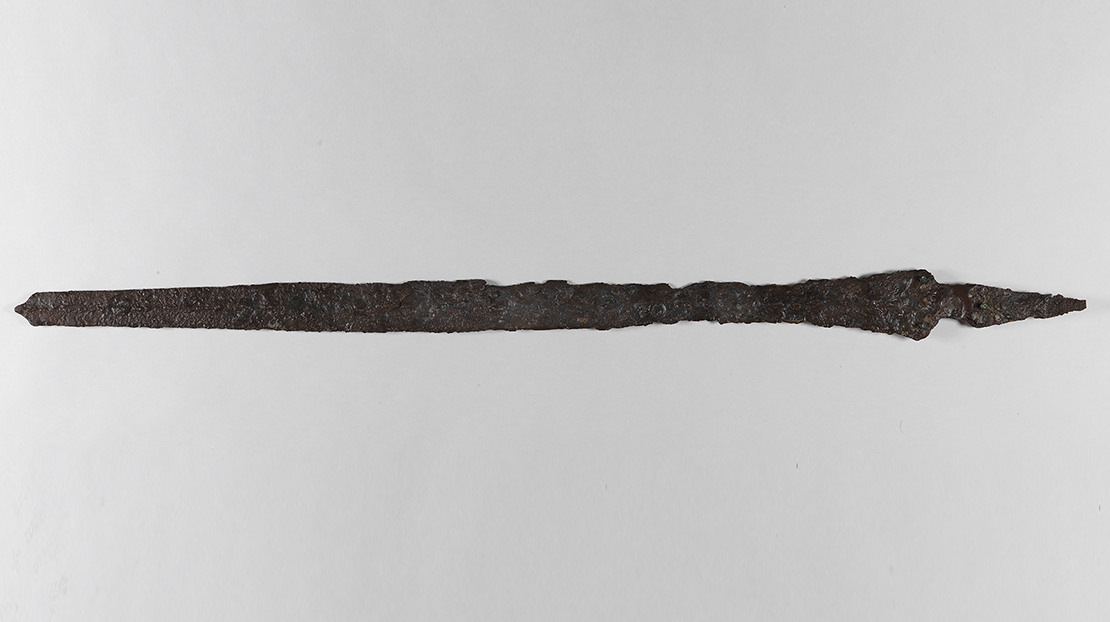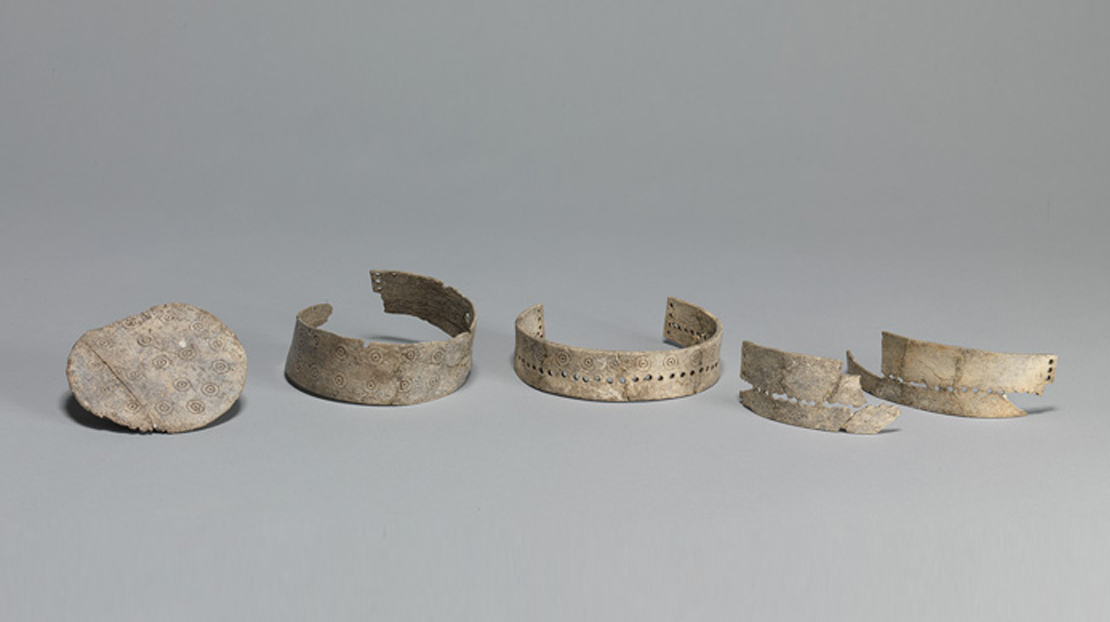Treuchtlingen-Schambach, a cemetry of the Hallstadt period

Author: Dr. Tobias Springer, Head of the Department Prehistory and Protohistory
Project duration: The project, initially begun before 2002, had to be interrupted because of the special exhibition “Gold and Cult of the Bronze Age“ (in 2003) and the subsequent redesigning of the permanent exhibition (opened end of 2006). The project is scheduled to be resumed in 2014, after the completion of the catalogue of the permanent exhibition. A three-year-duration is anticipated.
The publication of the finds from the cemetery of Treuchtlingen-Schambach has been a desideratum since the end of the excavations in the mid-1980s, but extensive restorations, carried out at the Germanisches Nationalmuseum until 2003, had to be completed first.
The cemetery site, which is completely disturbed by plowing, encompasses both tumuli and pit graves. It is situated in a valley, at the confluence of the Schambach and Altmühl streams. Organized excavations have taken place here since 1975, leading to the discovery of 21 tumuli and the inspection of 44 graves. A characteristic trail of burials of the Hallstatt period is an abundance of tableware for feasting guests in the manner of the ancient Greek symposium. This pottery is mostly smoothened and decorated with geometric designs, constituting an independent if simplified transformation of motifs from the Mediterranean area. The vessels would first have been used during obsequies, and later as containers for food buried with the deceased. The red ceramic ware is widely distributed in Schambach and in southern Central Franconia generally. Contacts to the south and west into the Swabian Alps are also considerable. However, graphitized ceramics, typical for Upper Franconia, are rare.
Some graves, such as the tumuli 24, 27 and 33, contained special finds:
The circle of stones around tumulus 24 had a diameter of ca 17 meters; the burial chamber measured ca 3.30 x 2.80 meters. It contained the remains of the cremation of a wealthy warrior. His sword and two dress pins lay on a concentration of cremated remains at the western half of the grave. At the southern and eastern walls as well as the north-western corner were several vessels, among them a stepped basin with attachments with bird figures.
According to the arrangement of the vessels, the chamber of tumulus 27 would have measured ca 2.00 x 2.50 meters. The cremated remains were placed laterally at the western side of the grave. The vessels stood at the eastern side. A bronze pin roundel was found in the south-eastern part, pin fragments and a belt hook in the northern part of the cremated remains. A small horse statuette was found in the north-western corner. It was not a toy but a symbolic piece of grave furniture.
According to its stone kerb, tumulus 33 would have once measured ca 7 meters in diameter. The chamber measured 2.00 x 2.80 meters. The cremated remains were scattered in the centre of the grave. The storage vessels stood at the southern part of the east wall; with some further bowls and small bowls to the north. A quiver, found at the south-western corner of the grave, is a highly unusual piece of grave furniture. The bow with which it would have been associated was not found.
home Research Projects
responsible:
Dr. Angelika Hofmann
Further objects of research

Information and Services
Plan Your Visit
Opening Times
Location and Approach
GNM Museum Shop
FAQ
Library
Branches
Contact


